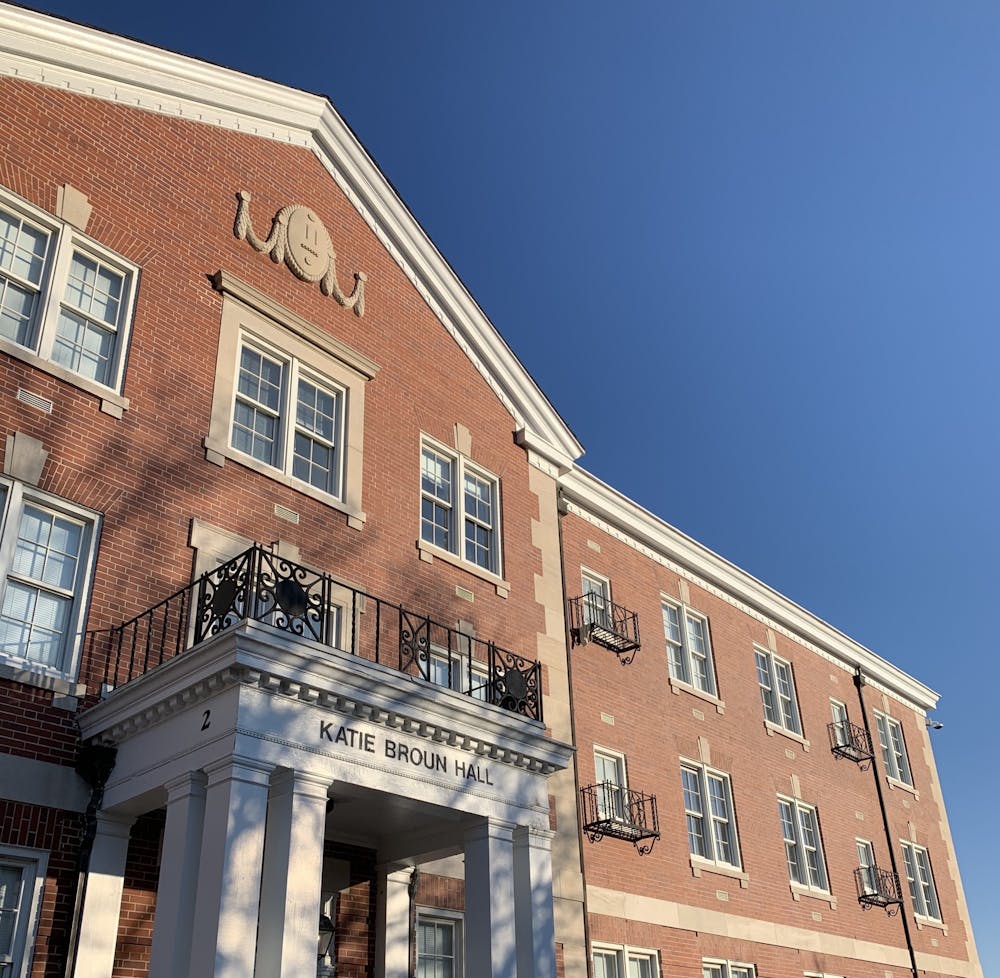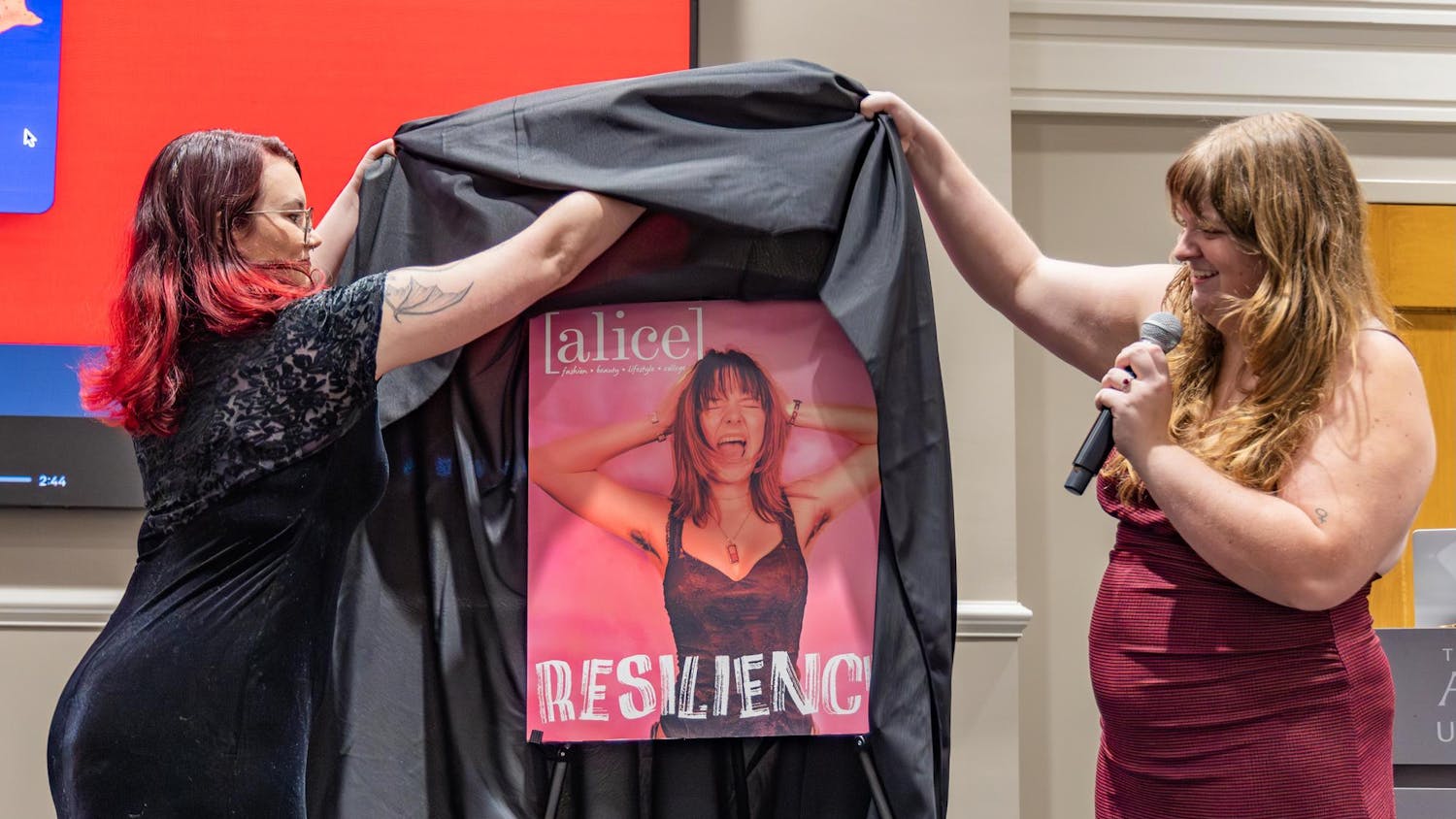With marches and protests against the historical systems of racial injustice taking place across the country, some local eyes have turned to the names on University buildings.
On Monday, Kate Craig, Assistant Professor of History at Auburn, published an interactive map called "(Dis)placing White Supremacy at Auburn University" including ten buildings across campus that were named for former Confederates or segregationists.
“This map locates some of the buildings and places at Auburn named after Confederate officers, segregationists and white supremacists,” an information box on the map states.
The first location on the map is Boyd Hall, which was named for the wife of David Boyd, an ardent secessionist and Confederate officer who briefly served as the president of Auburn. Other buildings on the map include Broun Hall, Broun Residence Hall, Comer Hall, Graves Amphitheater, Graves Hall, Langdon Hall, Samford Hall and Tichenor Hall.
The last location on the map is Wallace Hall, an industrial design building named after former governor George Wallace whose "segregation now, segregation tomorrow, segregation forever," speech in 1963 has become infamous.
While Craig said that it was her idea to make the interactive map, she did not do all of the information gathering on her own. However, her experience with digital mapping software helped her physically put the site together.
“Creating the map was my own initiative, but the sites were identified by a University committee years ago," Craig said. "Dr. Kenneth Noe was a member of that committee and shared these identifications with me."
Noe is a Draughon Professor of Southern History at Auburn, and he focuses primarily on teaching and researching the Civil War and Appalachian History. According to Noe, identifying these sites was not a recent venture.
“During the 2015–16 academic year I chaired a University committee charged to consider the issue at Auburn," Noe said. "I produced the initial list that Dr. Craig used as a handout for that committee, and we modified it over time.”
Noe went on to add that despite expressing his personal opinion to administrators and colleagues that some names of Auburn buildings remain problematic, Auburn changed no names in 2016, or thereafter.
According to Noe, when asked whether anyone from Auburn had reached out in the past few days expressing their wishes to act on the information that he and his committee gathered back in 2016, not only had no one reached out in the past few days, but no one had reached out to him from the University in the entire four-year span since he had completed his work with his committee.
In response to what has happened across the United States in the past few days, Craig felt motivated to use her platform to take action.
“The sentiments expressed in the department statement are also my personal sentiments: I believe that historians have a responsibility not just to analyze the past, but to use our knowledge and skills to take action in the present,” Craig said. “This motivated me to make the map which presents the historical work of Dr. Noe and others in a more accessible format, since I have some experience with digital mapping tools.”
Taffye Clayton, vice president and associate provost for the University's Office of Inclusion and Diversity, said that the names on campus buildings should represent the goals and ideals of universities.
"If modern universities are to be successful in recruiting, retaining and graduating African American and other underrepresented students we must begin to understand student views and act in a manner that promotes belonging, unity and the overall well-being of all students on campus," Clayton said in an email.
Clayton said that recent acts of violence against black and other minorities' populations should be driving forces for change in cases like these buildings.
"Recent flash points in our nation's history like the Charleston Mother Emanuel Church slaughter and the violence witnessed during the at the University of Virginia’s unite the right rally have reignited conversations and deepened views toward the use of confederate and segregationist buildings and monuments as historical and modern-day symbols of intimidation and white supremacy," she said. "The historic and modern-day violence associated with these symbols, the negative impact they have on the climate perceptions of African American and other students and the increasing calls across our country for their removal provides substantive indication of the detrimental impact of these longstanding symbols to the quality of life and quality of experience to our students."
Ultimately, Clayton said that students have a lot of responsibility when it comes to demanding change at the institutions they are a part of.
"Student perceptions nationally have indicated that not only do students find these buildings and monuments offensive, they can also engender fear regarding one's personal safety based on race," Clayton said. "Such environments threaten student engagement and success at a time when changing demographics are resulting in increased presence of African American as well as Latino and other diverse students among the state’s future college-going population. Auburn students have already begun communicating with University leaders about their concerns. All students are welcome to share their concerns in this regard. The lines of communication are open, students are expressing their needs and we are listening."
One of the loudest ways that students across Alabama and the country have made their voices heard on this issue is through their elected SGA officials.
In her interactive map, Craig referenced a statement issued by the University of Alabama’s SGA where they expressed their commitment to renaming campus buildings with “racist namesakes,” a statement that came out the same day she published her map.
“This was actually a coincidence rather than my initial motivation — as I was making the map, I was also reading a bit about the history of movements to rename campus buildings, and this story popped up in my news feed,” Craig said. “Perhaps the action of other Alabama universities will inspire the students and administration at Auburn to take action as well.”
However, Landon McNellage, SGA executive vice president of communications and marketing, said that the process for initiating a name change on a building was out of the hands of the executive branch of SGA.
"It can't be something that SGA is spearheading because it's kind of out of student government's jurisdiction," McNellage said. "The best way for students to voice their concerns through SGA is to submit an Auburn Answers."
That being said, there is an SGA Senate meeting scheduled for Monday, June 15, where the issue may be brought up again.
Ultimately, it is likely that any name changes on campus buildings — especially on prominent buildings like Samford Hall or Langdon Hall — will have to be voted on by the Board of Trustees.
Do you like this story? The Plainsman doesn't accept money from tuition or student fees, and we don't charge a subscription fee. But you can donate to support The Plainsman.

Tim Nail, junior in journalism, is the campus editor for The Auburn Plainsman.





